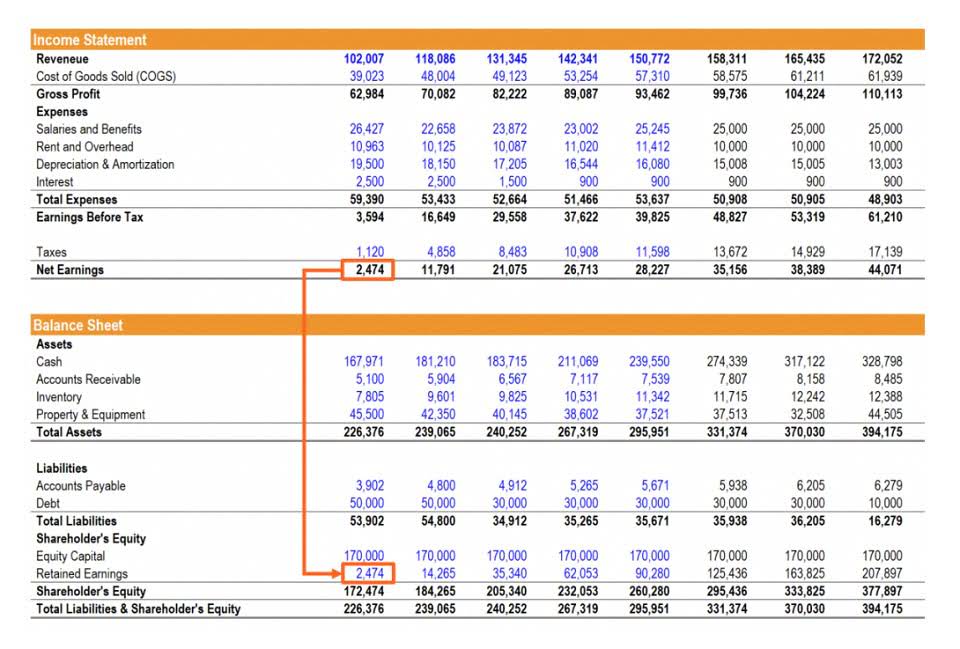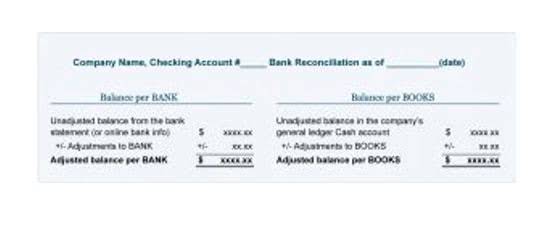
GAAP accounting focuses on a business as a going concern, while SAP accounting treats insurers as if they were about to be liquidated. SAP accounting is defined by state law according to uniform codes established by the National Association of Insurance Commissioners. Insurance companies reporting to the Securities and Exchange Commission must maintain and report another set of figures that meet GAAP standards. Financial reporting requirements dictate that insurance entities must regularly disclose their financial position, including assets, liabilities, and overall performance metrics. A prime example of this is the requirement for insurers to file annual financial statements, often audited by external parties, to demonstrate fiscal health and compliance with accounting standards.
- These principles are set by the National Association of Insurance Commissioners (NAIC) and ensure insurer solvency to protect policyholders.
- This foresight reduces the likelihood of errors that could jeopardize your standing with regulators.
- Millennium Seminar Services (MSS) provides public and private seminars in live, virtual and webinar settings to insurance companies, insurance regulators, CPA firms and other entities in the insurance industry.
- By transparently communicating their digital advancements and risk management practices, insurers can build trust and demonstrate their commitment to innovation.
- This erosion of credibility can hinder growth opportunities and lead to increased scrutiny from regulators.
6.2.3 SAP for loan-backed and structured securities

An organization that must report under Section 111 is referred to as a responsible reporting entity (RRE). In general terms, NGHP RREs include liability insurers, no-fault insurers, and workers’ compensation plans and insurers. RREs may also be organizations that are self-insured with respect to liability insurance, no-fault insurance, and workers’ compensation. The main focus of GAAP is for financial statements to show the financial performance of the company in a comparable manner. The foundation of statutory reporting is a specialized accounting framework known as Statutory Accounting Principles (SAP), designed to meet the unique needs of regulators.

Maintain compliance
This commitment not only mitigates risks but also enhances the overall reputation of the organization in a competitive marketplace. In extreme cases, persistent failure to comply can result in the revocation of an insurance company’s license to operate. This not only jeopardizes the company’s financial standing but also its reputation within the industry. Legal action may also ensue, leading to costly litigation that detracts from core business activities. The information contained herein is not intended to be “written advice concerning one or more Federal tax matters” subject to the requirements of section 10.37(a)(2) of Treasury Department Circular 230.

Insurance Statutory Reporting filing: A year-round process

We report on actions and discussions on conference calls, and at the NAIC 2024 Spring meeting. Policyholder surplus is essentially the amount of money remaining after an insurer’s liabilities are subtracted from its assets. Policyholder surplus is a financial cushion that protects a company’s policyholders in the event of unexpected or catastrophic losses. In other industries it is known as “net worth” or “owners equity.” It is a measure of underwriting capacity because it reflects the financial resources (capital) that stand behind every policy written by the insurer. A weakened surplus can lead to ratings downgrades and ultimately, if the situation is serious enough, to insolvency. In such cases, claims adjusters and actuaries continuously revaluate costs as new information on the claim becomes available and adjust reserves accordingly based on their experience and judgment.
Website Search
For instance, insurance companies must submit quarterly or semi-annual reports to state departments of insurance, outlining key operational metrics and risk assessments. COMPIRICUS-FS-SR-US – NAIC Reporting enables you to create quarterly and annual reports for the U.S. regulatory agency NAIC. The solution for this is the COMPIRICUS add-on FS-SR-US, which is based on the SAP insurance reporting platform FS-SR. The software creates the reporting in the format required by the NAIC and offers numerous interfaces in the process. The purpose of Section 111 reporting is to enable CMS to pay appropriately for Medicare-covered items and services furnished to Medicare beneficiaries.
- In most cases, the GAAP methods will place a greater value on a company’s assets than SAP.
- Question 1 – If there is an allocation to each insurer within the group, provide a description of the allocation methodology on the exhibit.
- It is regulated by the National Association of Insurance Commissioners (NAIC) and requires insurance companies to prepare quarterly and annual financial statements, adhering to statutory accounting principles (SAP).
- Overall, understanding and adhering to these statutory reporting obligations is vital for policyholders, ensuring their protection under insurance contracts and maintaining the integrity of the insurance system as a whole.
- Compliance with regulatory bodies further specifies the reporting obligations, which may vary depending on jurisdiction.

In summary, statutory reporting teams in the insurance industry play a vital role in ensuring compliance with statutory accounting principles and regulations. Their work involves preparing financial statements, maintaining data consistency, and adhering to state-specific regulations. By leveraging technology and collaborating with IT teams, they can streamline their work and improve overall efficiency. Financial reporting requirements in the insurance sector encompass a set of obligations designed to ensure transparency, accuracy, and compliance with statutory standards. The statutory reporting Annual Statement is used by state regulators to monitor the financial condition of the reporting entity and obtain financial data to regulate the industry.
Research + Data
The purpose of this meeting is to consider adoption of the Working Group’s meeting minutes and editorial listing, and to consider https://prokits.com.br/salary-calculator-usa/ the exposure of new items.
- The foundation of statutory reporting is a specialized accounting framework known as Statutory Accounting Principles (SAP), designed to meet the unique needs of regulators.
- SAP assesses a company’s financial position if it ceased trading and the effects this would have on customers.
- Although we endeavor to provide accurate and timely information, there can be no guarantee that such information is accurate as of the date it is received or that it will continue to be accurate in the future.
- Insurers in all states are required to use a special accounting system when filing annual financial reports with state regulators.
- We report on actions and discussions on conference calls and at the NAIC 2024 Fall meeting.
- Effective communication and transparency are vital elements in enhancing compliance with statutory reporting obligations within the insurance sector.
This foresight reduces the likelihood of errors that could jeopardize your standing https://www.bookstime.com/articles/travel-expense-reimbursement with regulators. The draft reports are scrutinized by the accounting department, senior management, and often an internal audit function to check for accuracy and compliance with all applicable statutory rules. Finally, the numbers are accompanied by narrative disclosures and footnotes that provide context. This can include a form of Management’s Discussion and Analysis (MD&A) that explains the financial results and condition of the company from management’s perspective.
